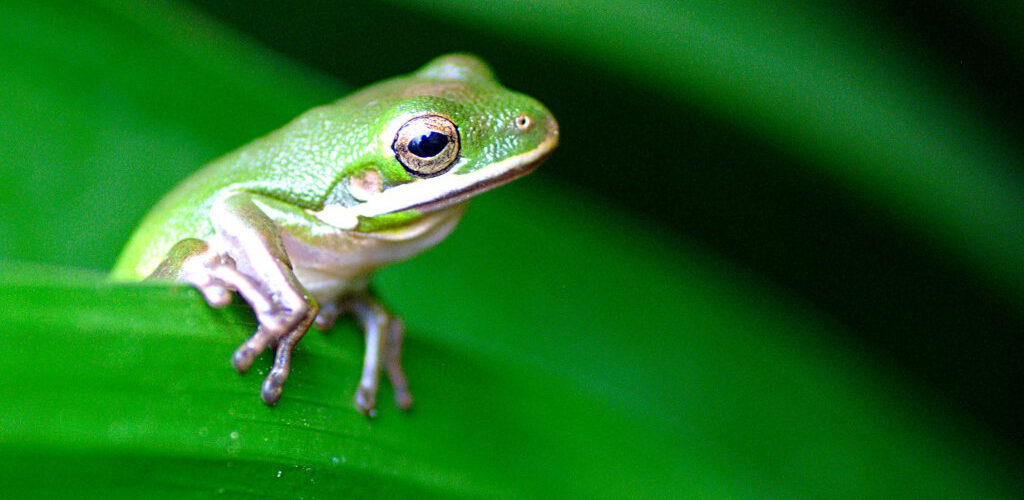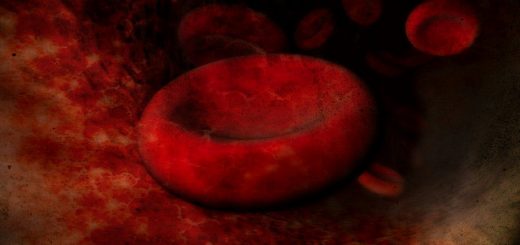Amphibian Murder Mystery

Frogs… With more than 6000 species found all over the globe, they are one of the most diverse animals in the world1. But is their future secure?
Huge numbers of frogs worldwide have already been lost due to the fungus Batrachochytrium dendrobatidis, known more simply as Bd. The populations of around 200 frog species — many of whom live in remote habitats or are not otherwise threatened — are seriously depleted, while dozens may already be extinct2. However, new research may have brought us one step closer to a solution with the discovery of a potential reservoir host — crayfish3.
For frogs and other amphibians, the fungus is deadly. Bd infection occurs in cells in the outer skin layers. These layers contain large amounts of keratin, a protein which toughens the outer skin against injury. However, the infection makes the skin thicken further through a process called hyperkeratosis. This proves fatal for amphibians as their skin is an extremely important organ: unlike other animals, they absorb water, electrolytes and can even breathe through their thin, permeable skin4.
The disease is remarkable for its ability to affect so many different species and in such large numbers. But how can Bd drive its amphibian hosts to extinction without itself then becoming extinct? The answer could be a reservoir host: another species that serves as a source of infection, carrying the fungus without itself suffering from disease. Researchers from the University of South Florida may have identified crayfish as the culprit.
When the researchers examined four species of freshwater crayfish in Louisiana and Colorado streams, Bd spores were found in the guts of 10-20% of cases. However, their findings also suggest that Bd can transfer from crayfish to frogs: 70% of uninfected tadpoles picked up the fungus when placed into tanks with infected crayfish. In an extensive survey of 97 Colorado wetlands and over 9000 amphibians, the presence of crayfish was the best predictor of infection levels in frogs, with frogs being twice as likely to be infected if from wetlands with Orconectes crayfish.
Although previous studies have shown that Bd is absent in amphibians during the autumn, it may be the case that Bd hides in crayfish, jumping to frogs in the spring. One in six crayfish were found to be infested with the fungus during a September survey — even though the local frogs were fungus free.
The discovery of a reservoir host is mixed news. Unfortunately, a reservoir species makes the eradication of Bd more difficult. Yet identifying the role of crayfish might be pivotal: crayfish are traded internationally, so managing their spread might reduce the spread of Bd. But with over 350 amphibian species infected by Bd, the fungus could already be the cause of the greatest disease-related loss of biodiversity in recorded history.
Copyedited by Kim Wood
References
- More frog facts here: http://www.livescience.com/50692-frog-facts.html
- More information on this here: http://www.amphibiaweb.org/chytrid/chytridiomycosis.html
- An indepth article on Bd and the research on crayfish can be found here: http://phenomena.nationalgeographic.com/2012/12/18/fungus-bd-frog-crayfish-chytrid/
- Further information on the infection here: http://www.amphibianark.org/the-crisis/chytrid-fungus/










